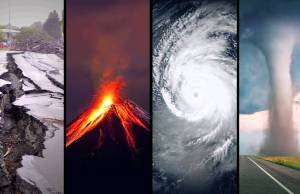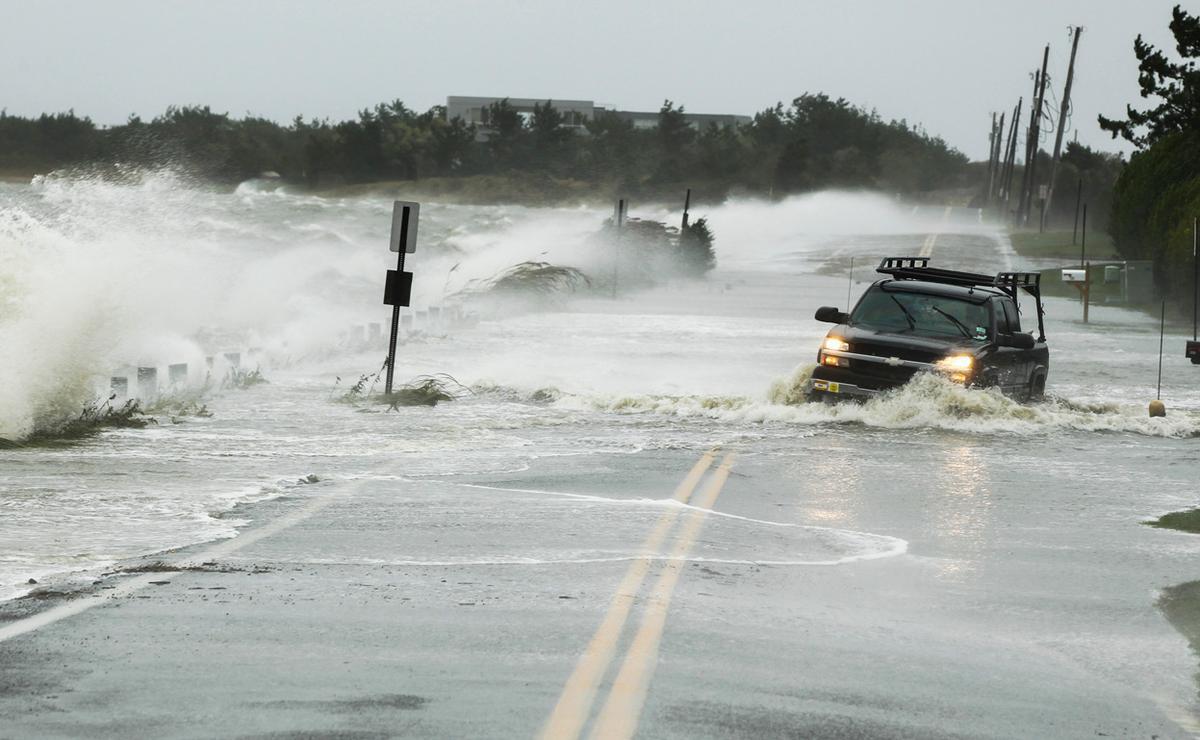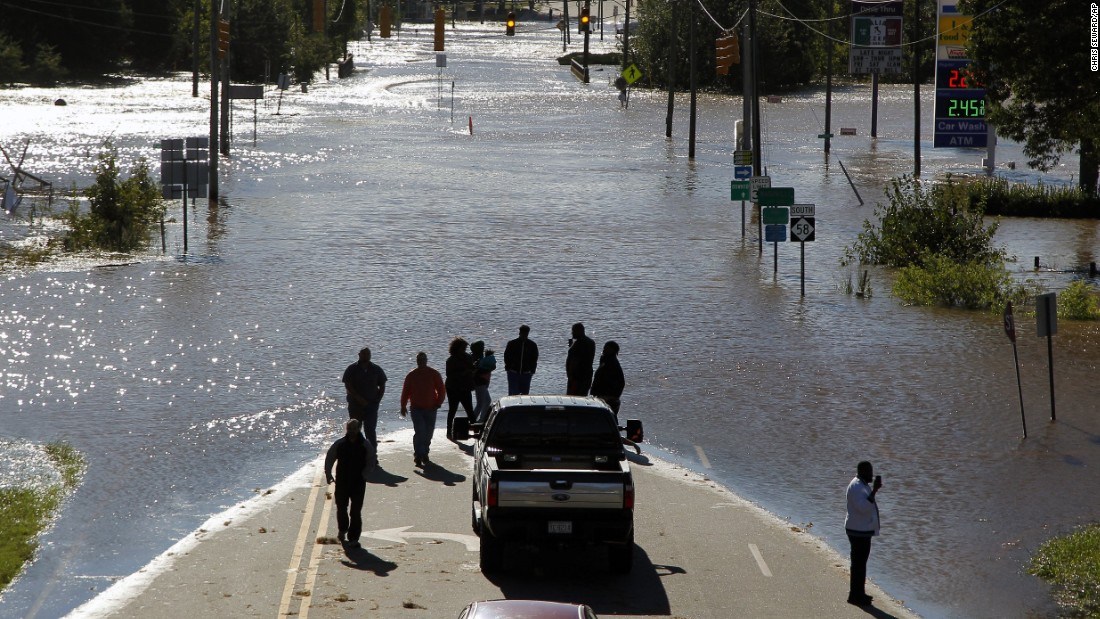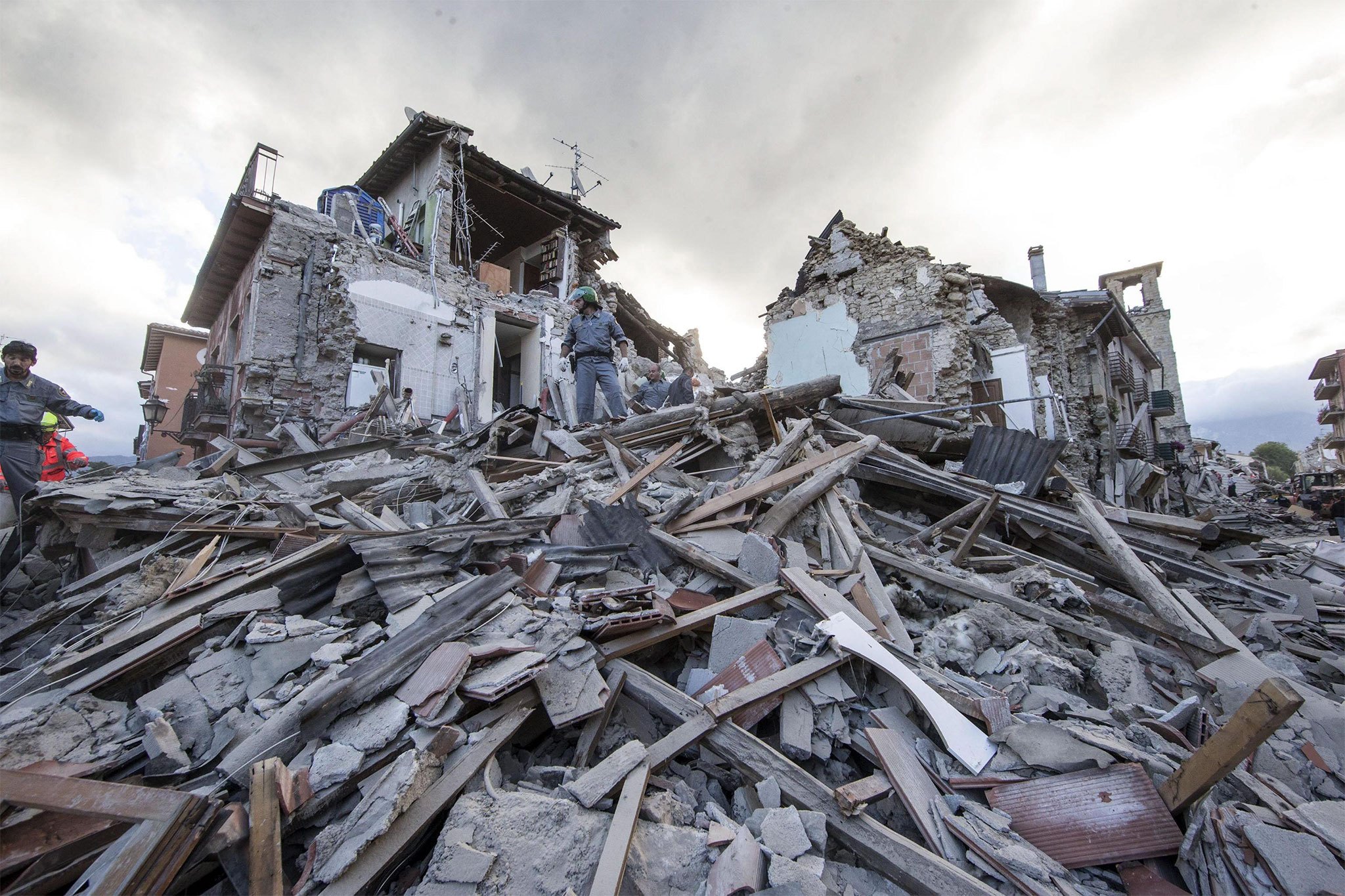
What is it that makes natural disasters so dangerous? Is it due the fact that it has the ability to destroy anything that stands in its way? Or does it have to deal with our inability of recognizing the signs of danger? Well, the answer is neither. The reason why a natural disaster is so dangerous is simply because we don’t prepare. A large percentage of the American population goes throughout their day-to-day lives without ever thinking of a natural disaster occurring.
That being said, it’s important to ask yourself, “How can I survive something I’ve never prepared for”? It would be like walking into a room to take an exam, you never studied for. The simple fact of the matter is, you can’t survive a natural disaster without preparing for it. This is why earthquakes, hurricanes, floods, and tornadoes rips cities apart, taking thousands of lives with it and causing billions of dollars in damage repairs.
Believe it or not, a natural disaster like an earthquake or flood can strike at any time, without warning. In other words, even if we tried to recognize the signs before a disaster struck our home, we could still be misled and miss it. Those are the ones that cause the most destruction in communities, neighborhoods, and homes.
“Time is a friend to no one,” so don’t wait until the last-minute to start inspecting your home and run to the hardware store. Don’t Wait Until The Clock Hits Zero
Cyclone Storms (Hurricane)

Even a four-wheel drive truck can be swept away with a relatively small amount of water. Either that or it’s because this is a Chevy.
It only takes one storm to change your life and community forever. Tropical hurricanes are among one of nature’s fierce and deadliest phenomena. A hurricane is like a giant engine that uses warm, moist air as fuel. Which is why they only form over warm water areas near the Earth’s equator. When the wind speeds reach 74 mph, the storm is officially a tropical cyclone. It’s also important to note that, during a hurricane, homes face the risk of getting damaged and possibly destroyed by high winds and high waves smashing against the foundation. Windows will be shattered and homes can even fall to the ground if they’re built on a weak foundation in extreme storms, like Hurricane Katrina.
Beat The Clock Before It Gets to Zero
- Have a backup plan in case of a power outage. A home generator can keep your home powered-up when the power goes out.
- Secure loose rain gutters and downspouts and clear any clogged areas or debris to prevent water from happening.
- Trim or remove damaged trees and limbs to keep you and your property safe.
- Lastly, reinforce roofs, windows, and doors (garage doors included) to ensure you and your family’s safety.
Downpour (Flash flood)

Flooding can quickly cut off escape routes and leave your family stranded.
There are just a few places on Earth where people need not to be concerned about floods. Despite the fact that rain isn’t the only cause for floods, anywhere water is present can make an area vulnerable. For starters, a flood occurs when water overflows and inundates land that’s normally dry. Most floods, take hours or even days to develop, giving residents a small amount of time to prepare and evacuate from their homes.
Others, generate rather quickly and with little warning. These are the most dangerous types of flash floods, instantly turning an average street into a thundering wall of water sweeping everything in its path downstream. The time that flood water spends in a house and the pollutants created in flood waters can vary greatly and determine the likelihood of a successful restoration.
Make Sure You’re Prepared and Protected
- Once a flood watch occurs, move furniture, valuables, and important documents to a safe place.
- Head for higher ground and stay there.
- Avoid walking or driving through flood waters. Just 5-6 inches of water can knock you down, and 2 feet of water can swipe your car away.
- Don’t forget the sandbags.
Foreshock (Earthquake)

Search and rescue teams survey the rubble in Amatrice, central Italy, 24 August 2016, following a 6.2 magnitude earthquake
An earthquake like all natural disasters can be deadly, and strike without any warning. An earthquake is usually caused when rock underground suddenly breaks along a fault. This sudden release of energy causes seismic waves, which is what makes the ground shake. Another way to think about this analogy, is by picturing two bricks lined up next to each other and rubbing them together repeatedly. When parts of the brick (rock) break, the earthquake occurs.
Don’t Get Shaken Up and Caught Off Guard
- Take cover. In each room in your home, identify the safest place to “drop, cover, and hold on” during an earthquake.
- Strengthen your home. Use anchor bolts every 4 to 6 feet to secure home to foundation. Also remember to reinforce brick chimneys.
- Secure your space. Keep breakable items in low or secure cabinets with latches.
- Use flexible connections where gas lines meet appliances to avoid explosions.]
Tsunami (Harbor Water)
A tsunami is actually a wave caused by sudden movements of the ocean due to earthquakes, and landslides on the seafloor. In fact, major volcanic eruptions and large meteorite can trigger tsunami as well. On average, two tsunamis occur per year throughout the world which inflict damage near the source. Approximately every 15 years a destructive, ocean-wide tsunami occurs.
Tsunamis range in size from inches to feet. In some cases, a tsunami can grow over a hundred feet high before colliding with civilization. In deep water, for example, tsunamis are rarely over 3 feet (1 meter) and normally go unnoticed by ships due to their size. As these waves make their way closer to shore, the height can increase by over 10 times.
Surf Your Way to Safety
- Find out if your home, school, workplace, or other frequently visited locations are in hazardous.
- Make an evacuation plan. Unfortunately, no home, building, or school can survive an attack by a 100 foot tall tsunami.
- Determine whether or not your street is above sea level and the distance of your street from the coast or high-risk water areas.
Common Practices For All Natural Disasters
| Do’s | Don’ts |
| ● Keep your gas tank filled.
● Stock up on food and water. Prep for two meals a day, and 16 ounces of water per person. ● Create an emergency medical kit to clean cuts and bruises. ● Purchase batteries, radios, and other devices to stay up to date on the latest news. ● Pack a grab & go bag with all important documentation. |
● Drink contaminated water.
● Be selfish, help those around you. ● Leave food outdoors for a long period of time. ● Forget to wash and sanitize all eating utensils. ● Lose your personal documentation. After all, once it’s gone, there’s no getting it back. ● Panic. This will only make things worse. |
In the long run, a natural disaster can occur anywhere, at any time. For those of us who have families, set a location where you and your family will meet in case communication fails. Furthermore, if you live in areas that are prone to natural disasters, never second guess leaving your home in order to escape the dangers of Mother Nature’s attacks. A home can be replaced, but a life can’t.
Stay safe!




















